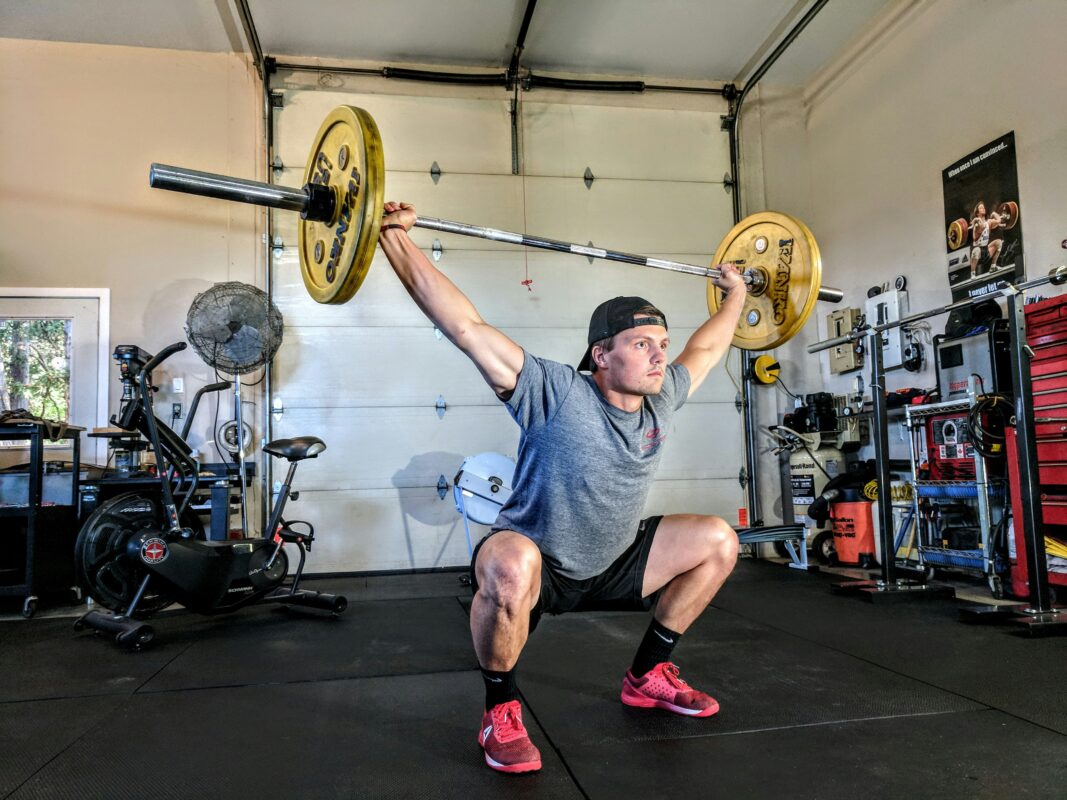HIGH-INTENSITY INTERVAL TRAINING
Optimizing Your Workout: Should You Prioritize Cardio or Weights First?
When blending weight training and cardio in a single workout session, the order in which you tackle them can significantly impact your results. The age-old question of whether to start with cardio or weights has evolved as research highlights the synergies between the two. Here’s a guide to help you decide based on your fitness goals.
Understanding the Shift in Perspective
Traditionally, there was a belief that cardio could impede muscle gains, while building muscle might hinder cardiovascular performance. Recent research challenges this notion, emphasizing the symbiotic relationship between cardiovascular exercise and muscle development. Studies indicate that long-term aerobic exercise correlates with enhanced muscle strength throughout a lifespan.
The fitness landscape now features endurance athletes incorporating weight training for improved VO2 max, and powerlifters engaging in cardio workouts. The emphasis has shifted from choosing one over the other to understanding how to integrate both effectively based on individual goals.
The Dilemma: Cardio or Weights First?
The perennial question of whether to start with lifting or cardio during a workout session is common, and the answer depends on several factors. Personal trainers often encounter this query, considering factors such as fitness level, experience, athletic goals, and daily time commitments. While simultaneous approaches like High-Intensity Interval Training (HIIT) and circuit training exist, a general guideline emerges: lift weights first, then engage in cardio.
Why Prioritize Weights Before Cardio?
The rationale behind lifting weights before cardio lies in the nature of strength training, which often involves external loading, posing a higher risk of acute injury. Cardio before weightlifting may pre-fatigue muscles, elevating the risk and compromising weightlifting performance. For optimal muscle growth and performance, starting with strength training allows fresh muscles, promoting good form, and maximizing the growth stimulus.
Considerations for Cardiovascular Endurance
While lifting before cardio might impact aerobic performance, studies suggest that performing strength training and cardio on separate days is a viable solution. This approach helps avoid a significant increase in the risk of injury, maintaining a balance between the two components. Striking a balance by scheduling aerobic and weight training on different days optimizes the benefits of both.
Exceptions: Warming Up and Advanced Training
Certain situations warrant a departure from the conventional “weights first” approach:
- Warming Up:
- A light cardio warm-up before any workout primes muscles, increases blood flow, excites the nervous system, and enhances mental focus. This prepares the body for an effective workout.
- HIIT and Circuit Training:
- High-Intensity Interval Training (HIIT) and circuit training allow the integration of strength training and cardio within the same session. Prioritizing work efforts, minimizing rest, and combining cardiovascular conditioning with muscle-building can yield comprehensive results.
Conclusion: Tailoring Workouts to Goals
The question of whether to start with cardio or weights now extends beyond a binary choice. It involves understanding individual goals, fitness levels, and preferences. While lifting weights first generally aligns with optimal muscle growth, exceptions exist based on warm-up needs and advanced training methodologies. The evolving fitness landscape encourages a tailored approach, recognizing the diverse ways cardio and weight training can complement each other for overall well-being.

